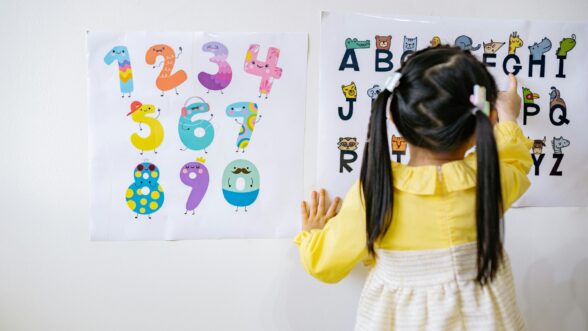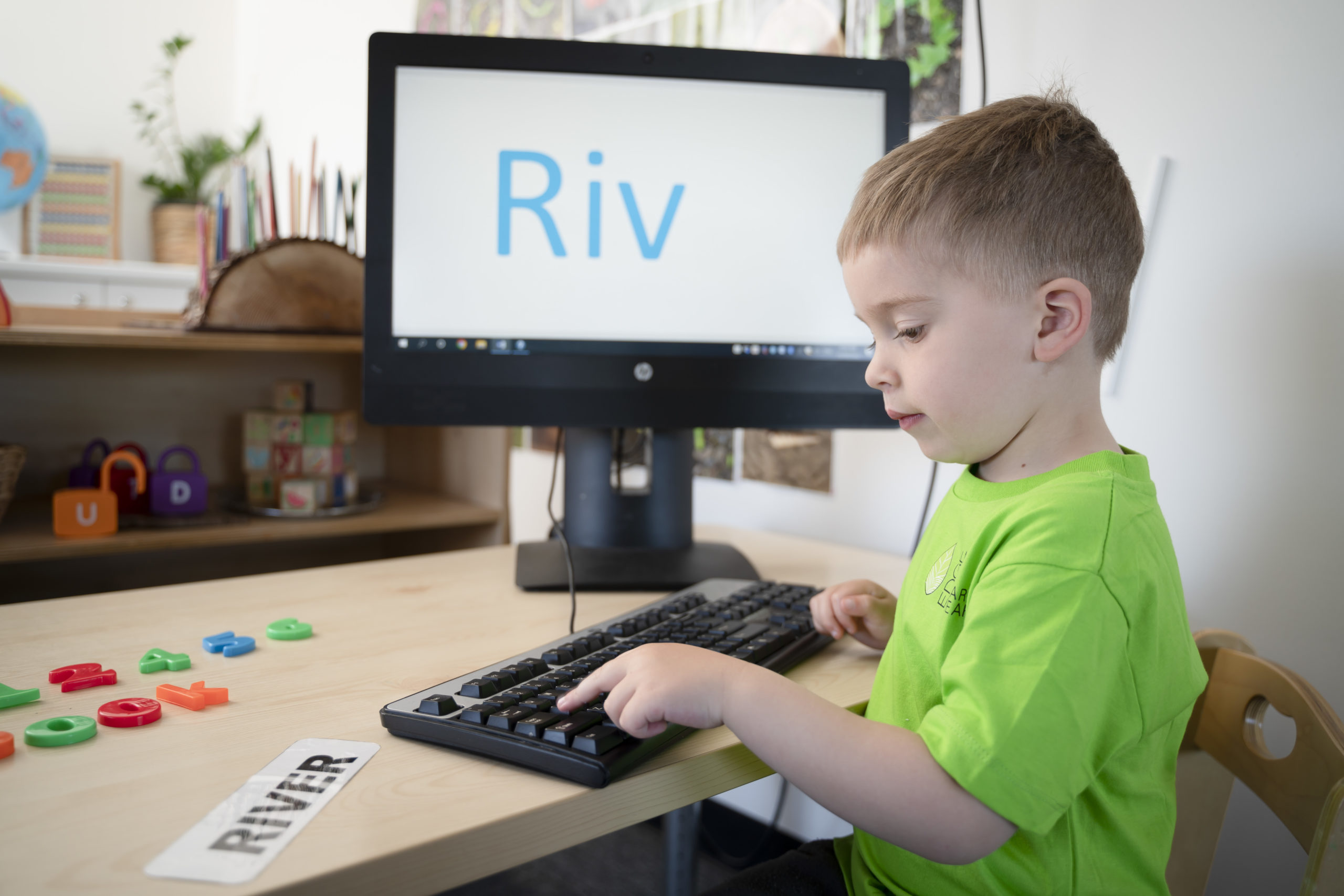
Education, Parenting Resources
Education
07 July, 2025

Children start developing early literacy skills from birth, listening to their parents and watching their lips move as they speak. As they grow and observe adults reading and writing, children start to show an interest in letters and words, usually around two to three years of age. You can nurture this interest in learning the alphabet by ensuring your child sees you reading and writing so they can see how useful these skills are in everyday life.
Uppercase or lowercase first? Or both together? It doesn’t really matter. Research shows children learn best through play, so we recommend using games and crafts to help children learn the alphabet. We’ve rounded up some of the best activities that give children repeated exposure to letters and are fun too. That’s the most important part. When learning is fun, children want to engage.
Focus on one letter at a time
Most children are pretty keen to learn to write their own name – and it’s pretty handy for keeping track of all their artwork at Edge Early Learning too! Start with your child’s first initial. Show them how it’s written and point it out at every opportunity; when you see it on big shopping centre signs, in picture book titles or on magnets stuck to the fridge.
Head to your local library and borrow a handful of alphabet books. Some libraries group these together in a dedicated box so they’re easy to find, or ask the librarian for help. Alphabet books match each letter with illustrations of objects that start with that letter, giving children visual clues as to how each letter sounds, for example, A is for apple. A particularly cute rhyming picture book that highlights the alphabet is Not Yet Zebra, by Lou Kuenzler where a little girl painting the alphabet keeps being interrupted by a zebra, impatient to have his turn. The book may inspire little ones to begin painting their own alphabet too. Chicka Chicka Boom Boom by Bill Martin Jr is also much-loved, with a fun rhythm and large, bold letters featured in the illustrations.
Repetition helps children to learn letters, so games that encourage repeated recognition are beneficial for teaching the alphabet. Give your child a piece of paper with a letter written/printed on it and send them on a scavenger hunt around your home to find the same letter. It could be on books, notes on the fridge, a shopping list, takeaway menus, magazines, cereal boxes or post-it notes you stick around the house. Alphabet bingo and eye-spy are also fun. You will need to factor in creative spelling for eye-spy with young children, but it’s a great game for getting kids thinking about the sounds letters make.
Hands-on, art-based letters activities for preschoolers can stimulate the imagination and reinforce letter identification. A really simple activity to help learn the alphabet is printing out or drawing a block letter and encouraging your child to colour it in or paint it. Or children can search for and cut out multiple copies of a particular letter from magazines and glue them onto paper to create a collage. Kids can also use alphabet cookie cutters to cut letters from playdough.
Music activates the part of the brain associated with memory retention, so alphabet songs like Jolly Phonics (on YouTube) can also help kids learn the alphabet and develop phonic awareness.
Edge Early Learning is committed to helping children develop early literacy skills. Our educators take the time to model correct grammar and language when speaking to children and often read stories, sing songs, play music and recite nursery rhymes to build literacy.
Here are 10 educational books that you could read with your child to extend their literacy development.